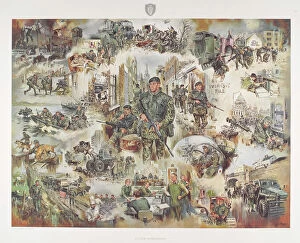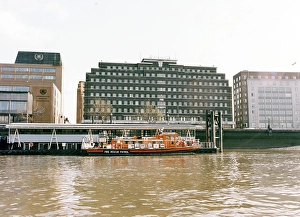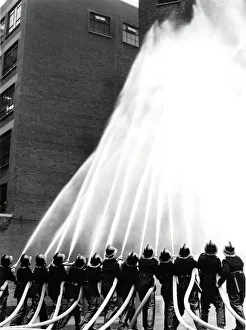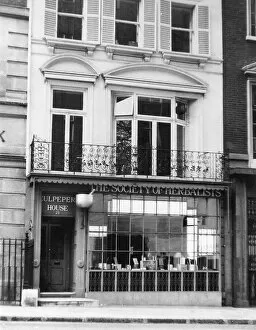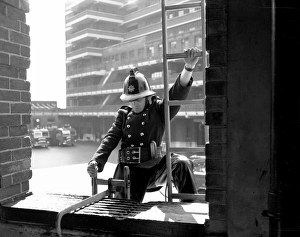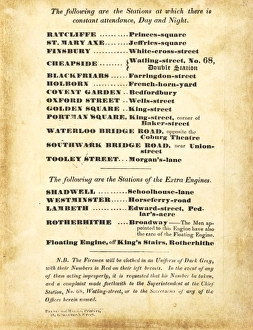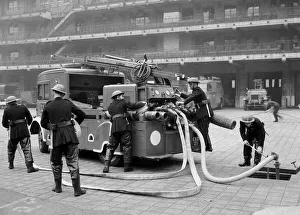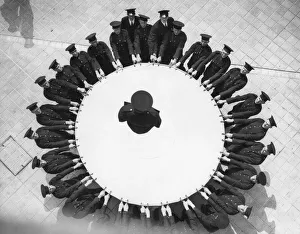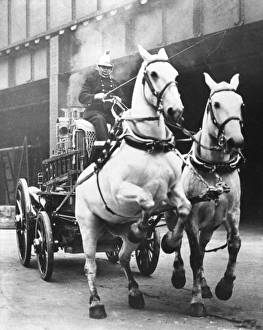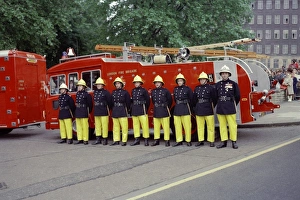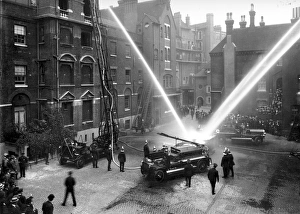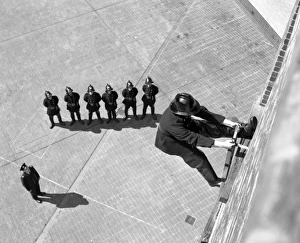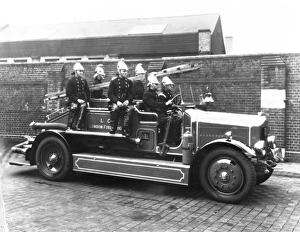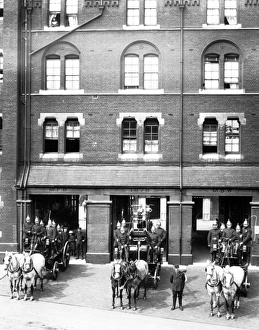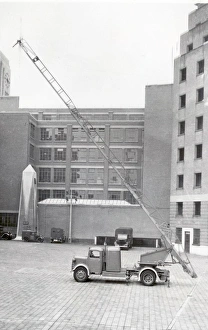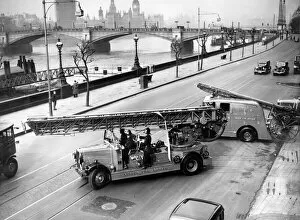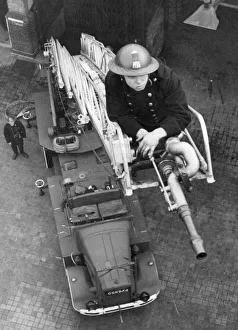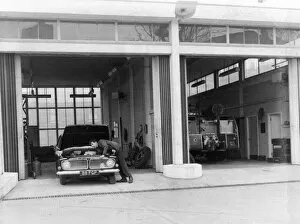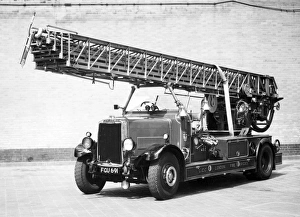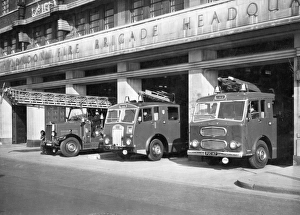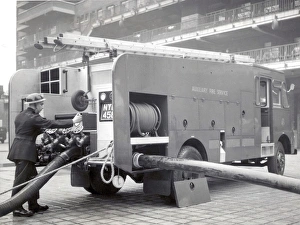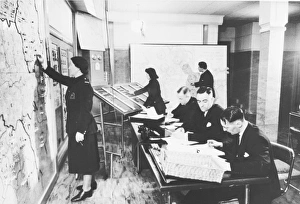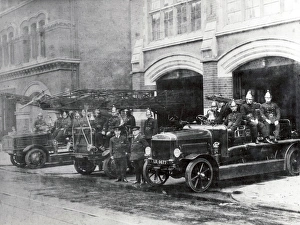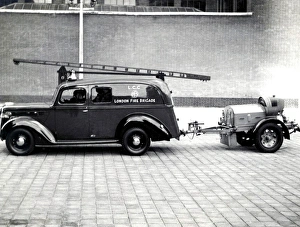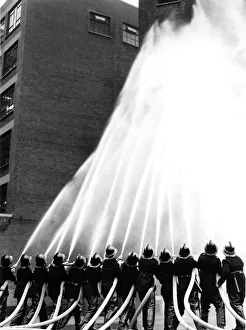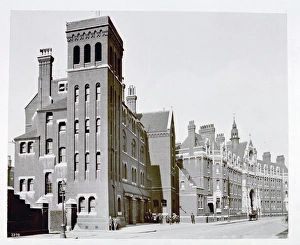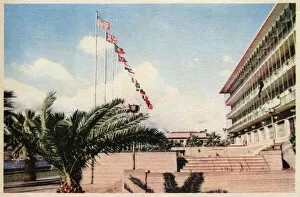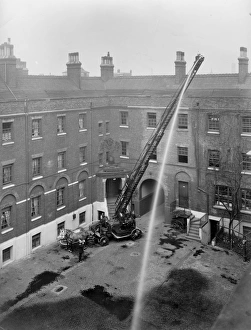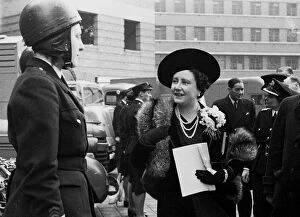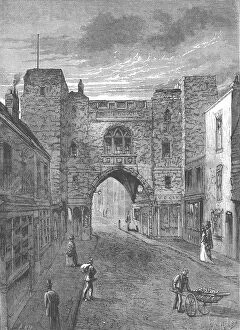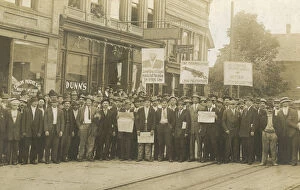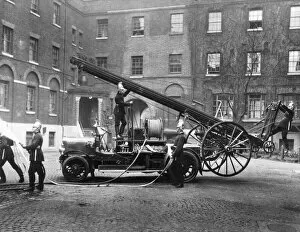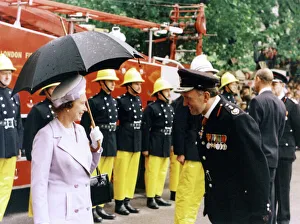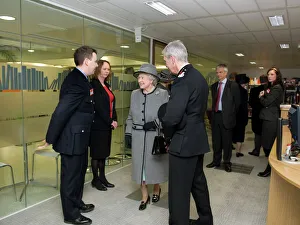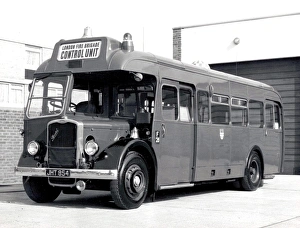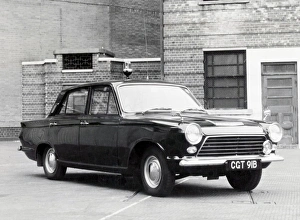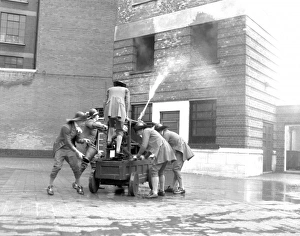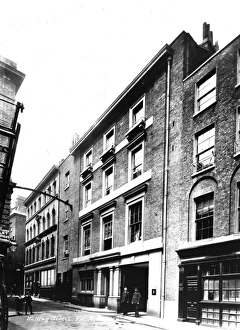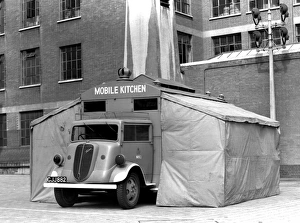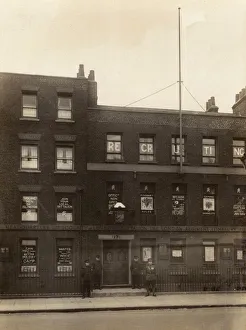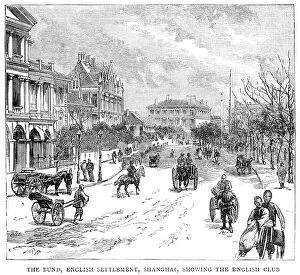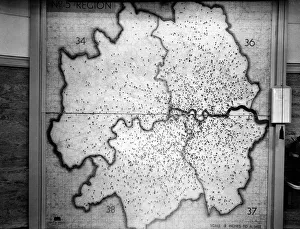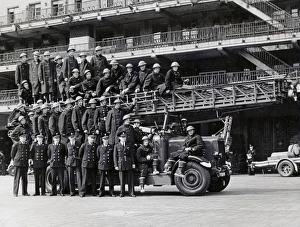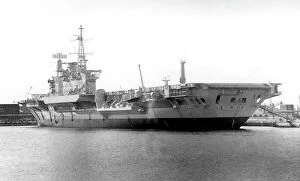Headquarters Collection
"Unveiling the Heart of Bravery: Behind the Military Badge at Headquarters" At Headquarters, where heroes gather and strategies are forged
All Professionally Made to Order for Quick Shipping
"Unveiling the Heart of Bravery: Behind the Military Badge at Headquarters" At Headquarters, where heroes gather and strategies are forged, a sense of duty permeates the air. From firefighters wielding hoses to soldiers donning military badges, this is the epicenter of courage. In a grand annual review, the London Fire Brigade (LFB) commemorates its rich history at Lambeth HQ LFB150. The brave men and women who have dedicated their lives to protecting others parade proudly in front of their appliances, showcasing their unwavering commitment. The legacy continues as we delve into the past with Bedford Heavy Unit in the NFS during World War II. Culpeper House London stands tall as a testament to resilience and unity amidst chaos. It was here that firefighters trained tirelessly to operate hand-operated turntable ladders during those challenging times. Witnessing recruits undergo rigorous training at Brigade HQ SE1 evokes admiration for their determination. The LCC-LFB Recruit firemen hone their skills under expert guidance, preparing themselves for any situation they may encounter on duty. Fire displays ignite awe and wonder within these hallowed walls. At Brigade HQ Southwark, spectators marvel at the prowess displayed by LCC-LFB Recruit firefighters as they demonstrate their expertise in handling emergencies with precision and grace. A glimpse into history reveals an era when horse-drawn steamers were instrumental in firefighting efforts. Today's modern LFB review pays homage to these iconic machines that once roamed our streets – a reminder of how far we've come while honoring our roots. Amidst it all lies the London Fire Engine Establishment – an intricate network connecting numerous fire stations throughout this great city. Each station represents a beacon of hope ready to respond swiftly whenever danger strikes. Headquarters serves not only as a physical space but also as an embodiment of valor and sacrifice, and is where dreams are realized, challenges overcome, and communities protected.

